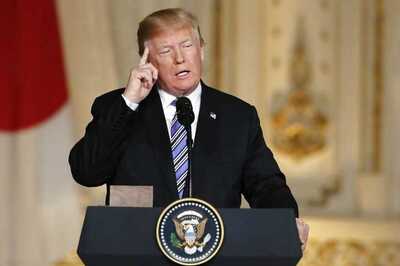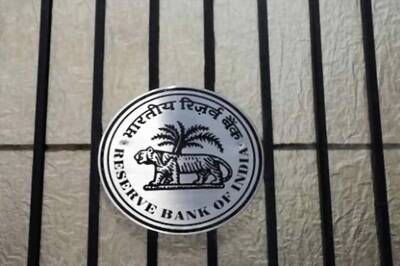
views
New Delhi: Anti-graft measures to keep a check on World Bank-financed projects are being enforced in India and will help prevent a recurrence of a major corruption case involving the bank’s health projects in the country two years ago, a senior bank official said.
A review by the Bretton Woods institution in January 2008 found what the then-World Bank President Robert Zoellick called "unacceptable irregularities" in the implementation of five health projects in India, whose funding totalled over $ 500 million. The bank's Detailed Implementation Review (DIR) found bid-rigging, procurement fraud, corruption and shoddy auditing in the projects, which were launched between 1997 and 2003 and included programmes to control HIV/AIDS, malaria and tuberculosis.
"The DIR revealed many indicators, not only related to corruption but also poor quality of work, poor workmanship, hospitals being built but not used, or equipment delivered but not utilised," said Rachid Benmessaoud, operations adviser for the World Bank in India. "We then set up a joint health sector action plan with the government of India to look into the issue and are now also implementing a Governance Accountability Action Plan, or GAAP, for every single project to help ensure this does not happen again."
India is perceived to be highly corrupt by experts. It is ranked 84th out of 180 countries in Transparency International's Corruption Perceptions Index, with an integrity rating of 3.2-3.6 (0 being the most corrupt and 10 being the least).
PROCUREMENT FRAUD Experts say cumbersome bureaucracy and pervasive corruption at all levels of government has hampered India's development, where the political system is characterised by deep-rooted patronage systems and vested interests of public officials. Corporate integrity is also very low, as scandals regularly highlight Indian companies' payment of kickbacks both at home and abroad.
The World Bank's 2008 review found many signs of corrupt practices, including contracts given to fictitious non-governmental organisations (NGOs) and bribes paid to government officials. There was also a lack of meaningful controls for tracking disbursements to NGOs. The bank also uncovered fraud in the award of contracts for items such as bed nets, drugs and insecticides for the malaria control programme, and irregularities in the bidding process. These included the use of falsified documents, rotation of contract winners, bidders with identical phone numbers, and similarities in the text and layout of bids. During its investigations, the World Bank debarred two Indian companies - Nestor Pharmaceuticals Ltd. and Pure Pharma Ltd. - from doing business with the bank for three years and one year respectively, said Benmessaoud, who is due to become the World Bank's Pakistan director in the coming weeks.
The bank did not pursue criminal investigations, he said, adding that it referred cases of firms and individuals to the Indian government to follow up. "If and when criminal proceedings are likely, that is a matter which you will have to ask the government of India," said Benmessaoud.
ANTI-GRAFT MEASURES The World Bank's lending to India will reach $ 9.3 billion for the fiscal year ending June 2010 - a sharp increase from the $ 2.2 billion it lent last year. Bank officials say the scaling up of its lending is to support India’s banking sector to deal with the impact of the financial crisis, as well as for infrastructure development projects such as schools, roads and increasing power supplies to poor communities. The bank is implementing a GAAP in all projects around the world, as a tool to assess a project's vulnerability to fraud and corruption, and identify weak points from the supply and demand sides, say bank officials. It involves putting in place measures to strengthen the procurement system and ensure greater transparency by examining how funds are managed - by creating an internal control system, proper auditing arrangements and a post-procurement review. Benmessaoud said the bank also implements measures to deal with complaints and concerns raised by communities who might be affected by a project, such as populations who need to be relocated to make way for a new road.
"We also introduce, depending on the case, either beneficiary oversight or civil society oversight, and we look at the complaint handling and grievance redressal mechanisms." The grievance redressal mechanism ensures that if complainants are not heard, then an independent monitoring body will step in to help to resolve any disputes, said Benmessaoud.


















Comments
0 comment